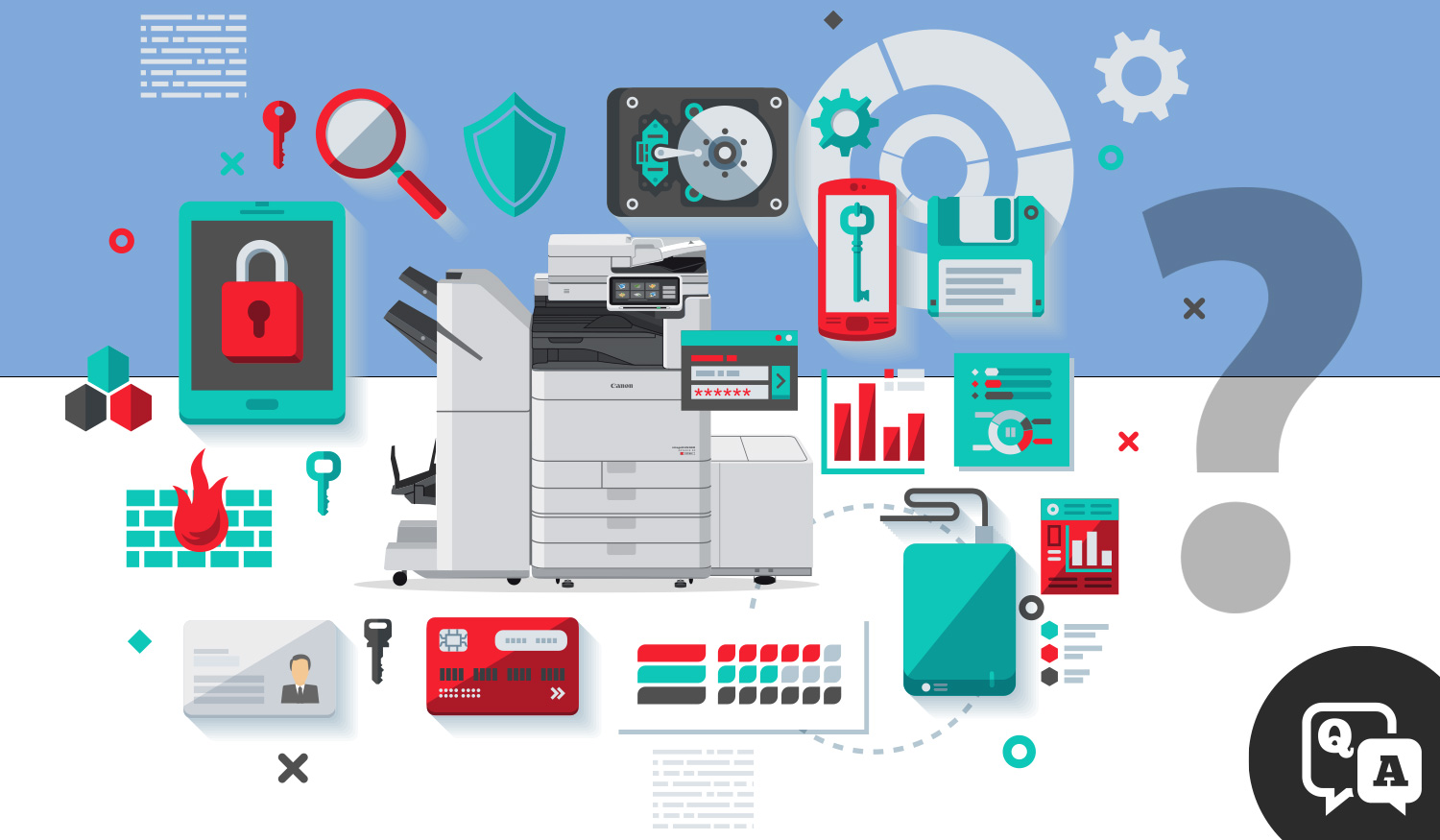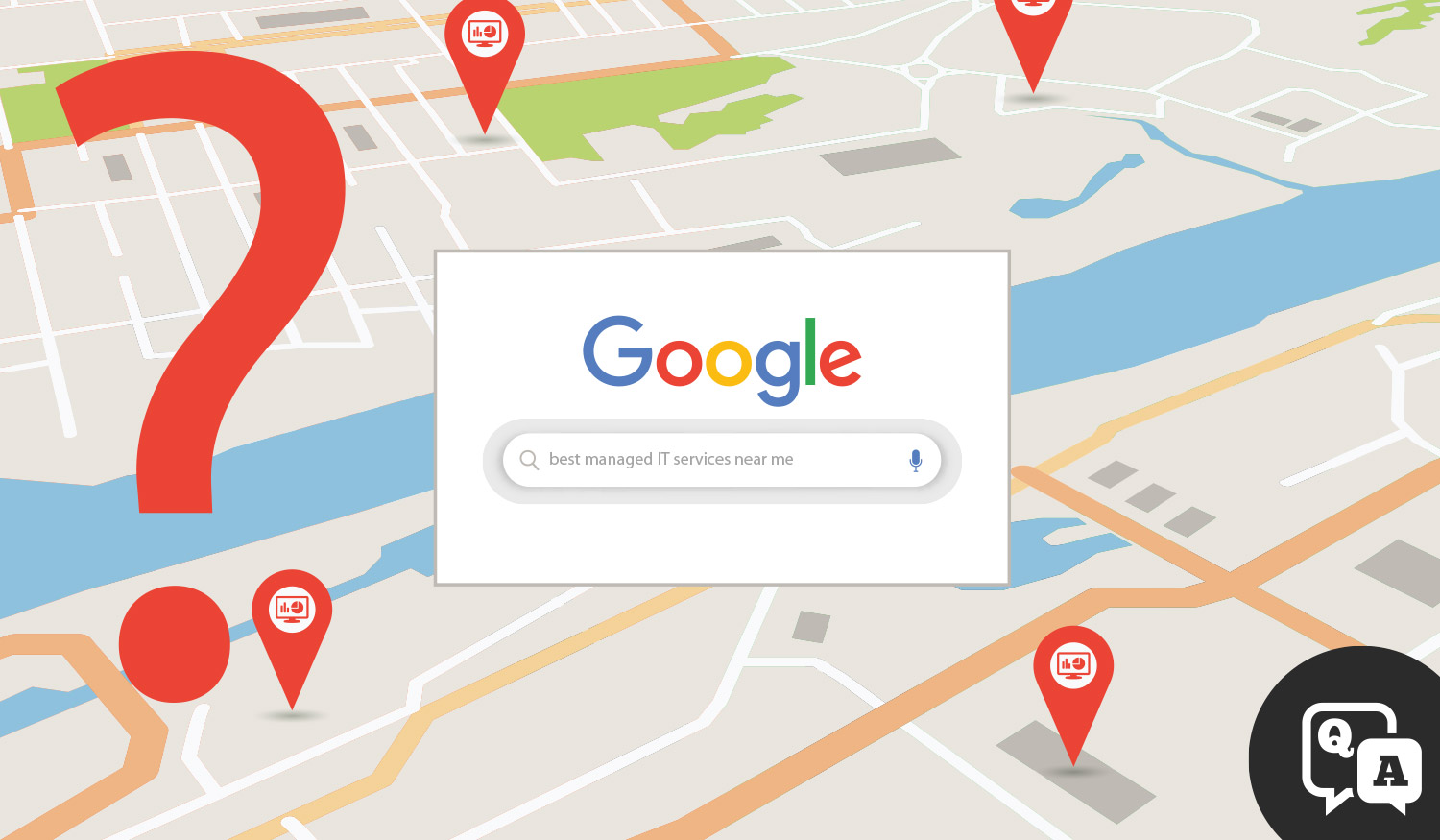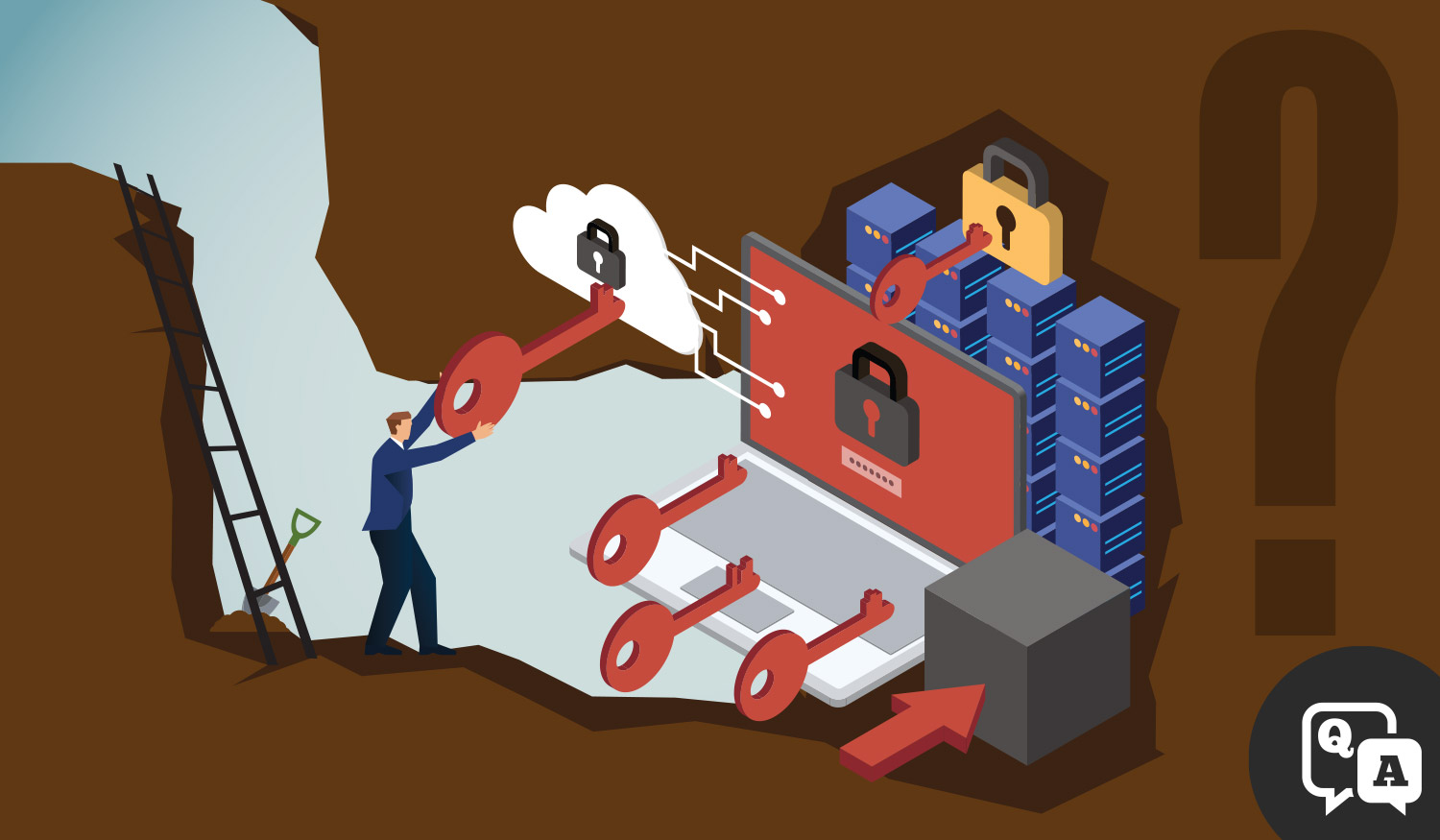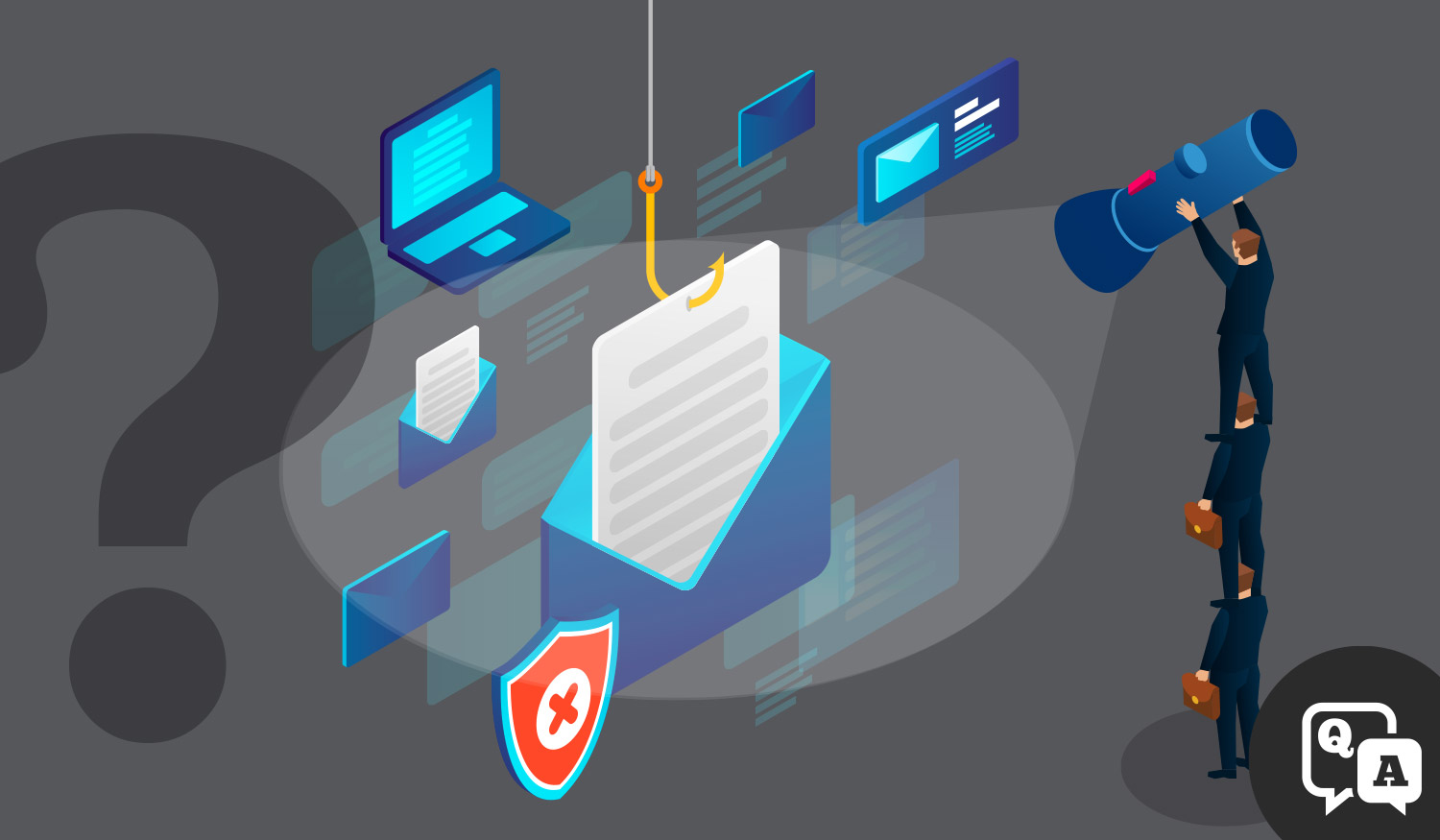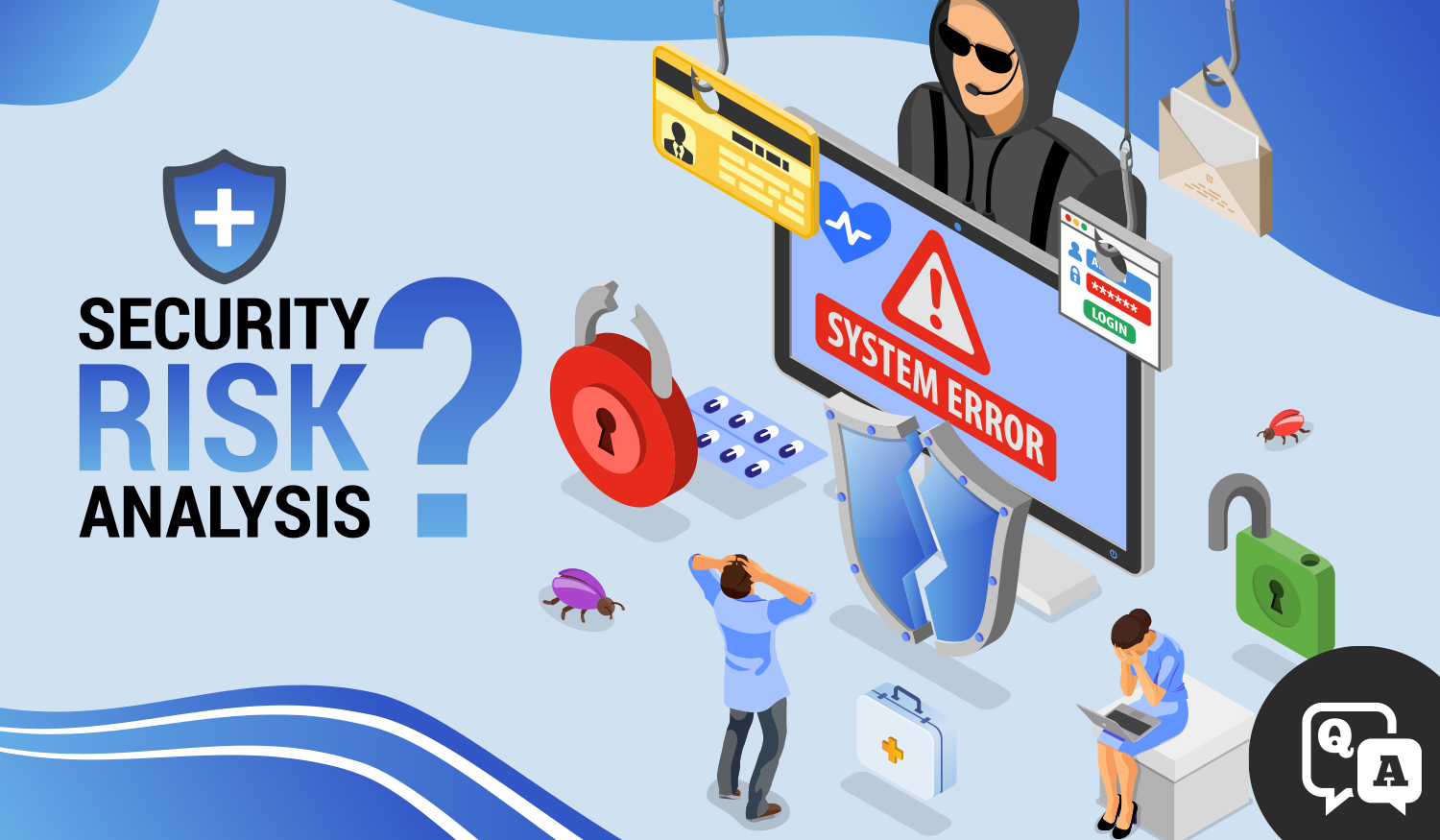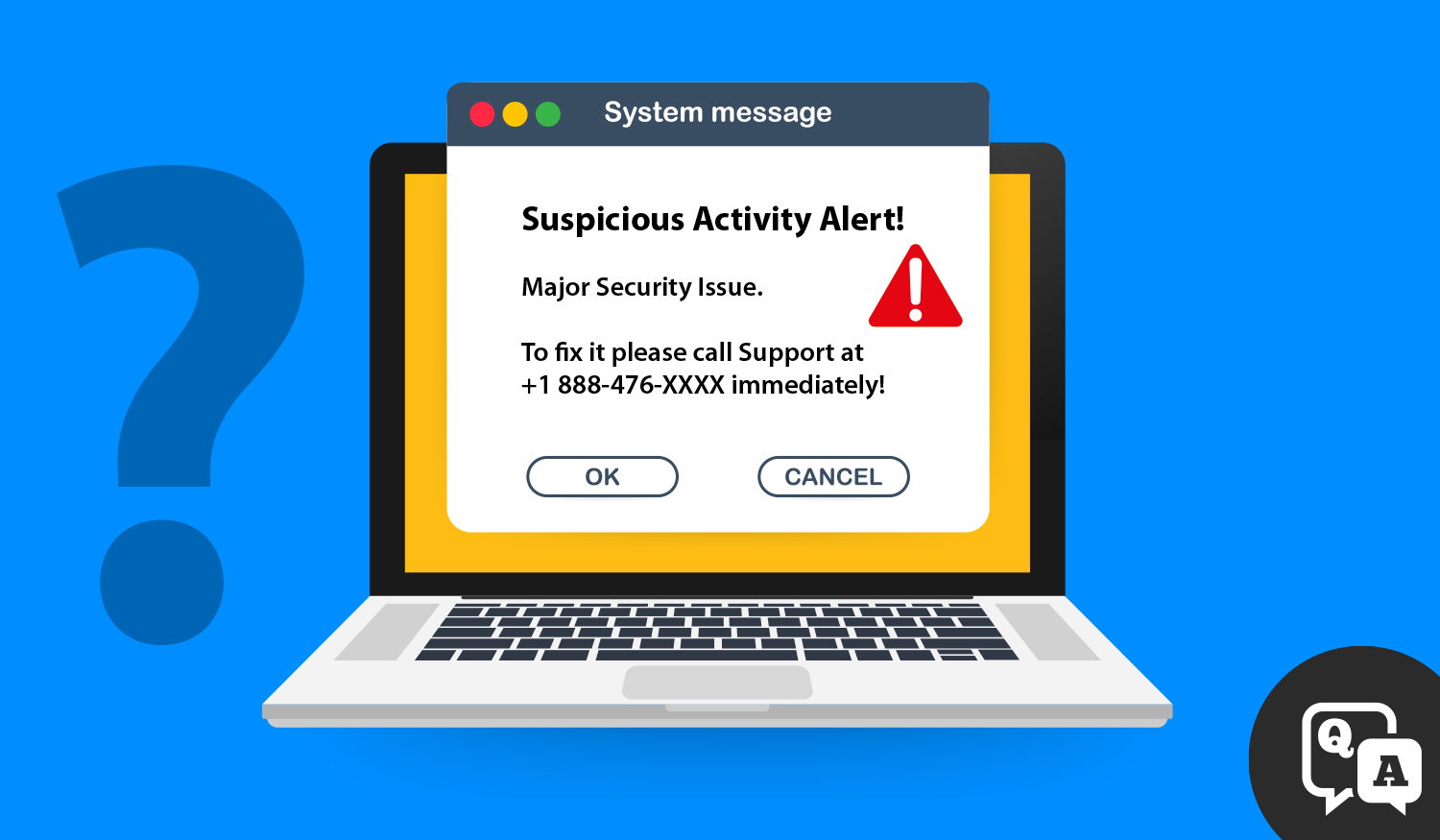What are the copier security “must haves?” Here are 10 features and capabilities we feel should be heavily considered.
Your copier can easily be considered just another device (albeit a critical one) on your network. So, in an office environment, where sensitive information is printed, shared, and stored, security on this device should be a top priority to reduce security risk.

